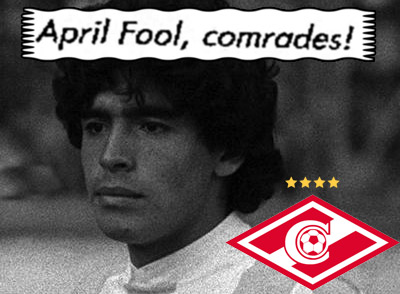March 31, 1998: An article in the
Financial Times detailed an agreement that had been struck between the Old Royal Observatory in Greenwich, England and the Guinness brewery, wherein Guinness would be declared the official beer sponsor of the Observatory's millennium celebration. Greenwich Mean Time would be renamed Guinness Mean Time, and instead of counting seconds in "pips," as was traditional, the Observatory would count them in "pint drips." The
Financial Times lamented that the deal marked a new low in corporate marketing and set a "brash tone for the millennium." But what the
Financial Times didn't realize was that it had fallen for a joke. The Guinness press release, from which it had taken the information, had been marked for April 1 release. The
Financial Times subsequently published a curt retraction, clarifying that Guinness Mean Time had been "apparently intended as part of an April 1 spoof."



The Top 100 April Fool's Day Hoaxes of All Time
Other April Fool resources at the Museum include: the April Fool Archive (a year-by-year archive of the entire history of the celebration), the Origin of April Fool's Day, the April Fool FAQ, and the Top 10 Worst April Fools Ever. Also, you can find more info about most of the hoaxes in the Top 100 list by clicking their title or thumbnail.